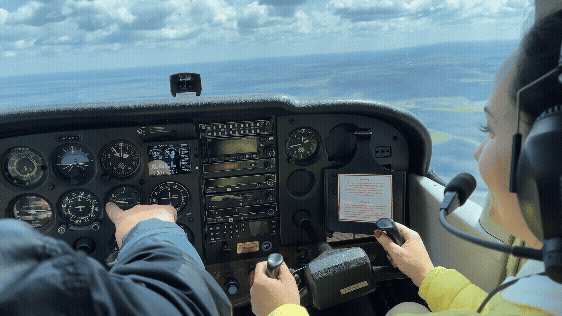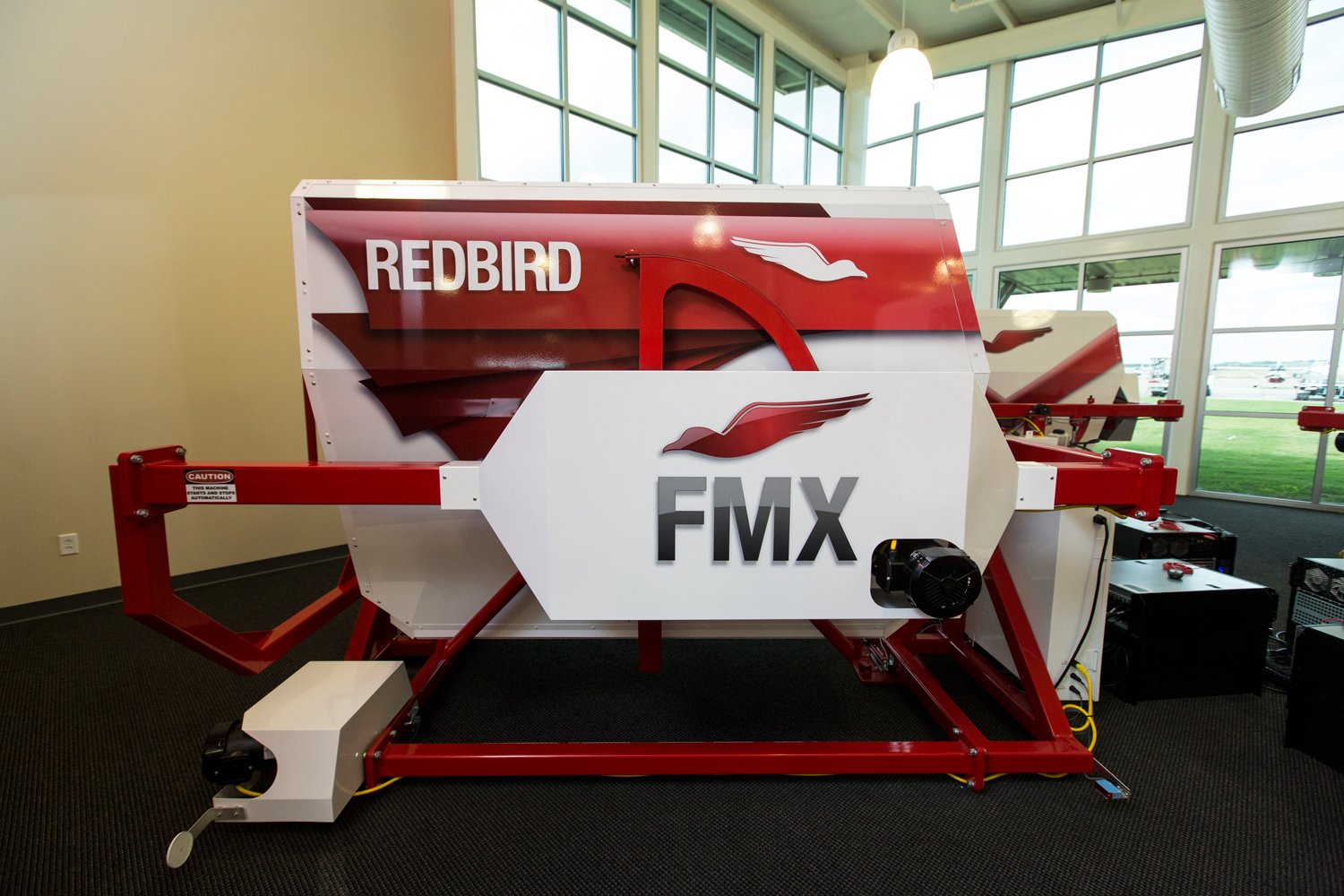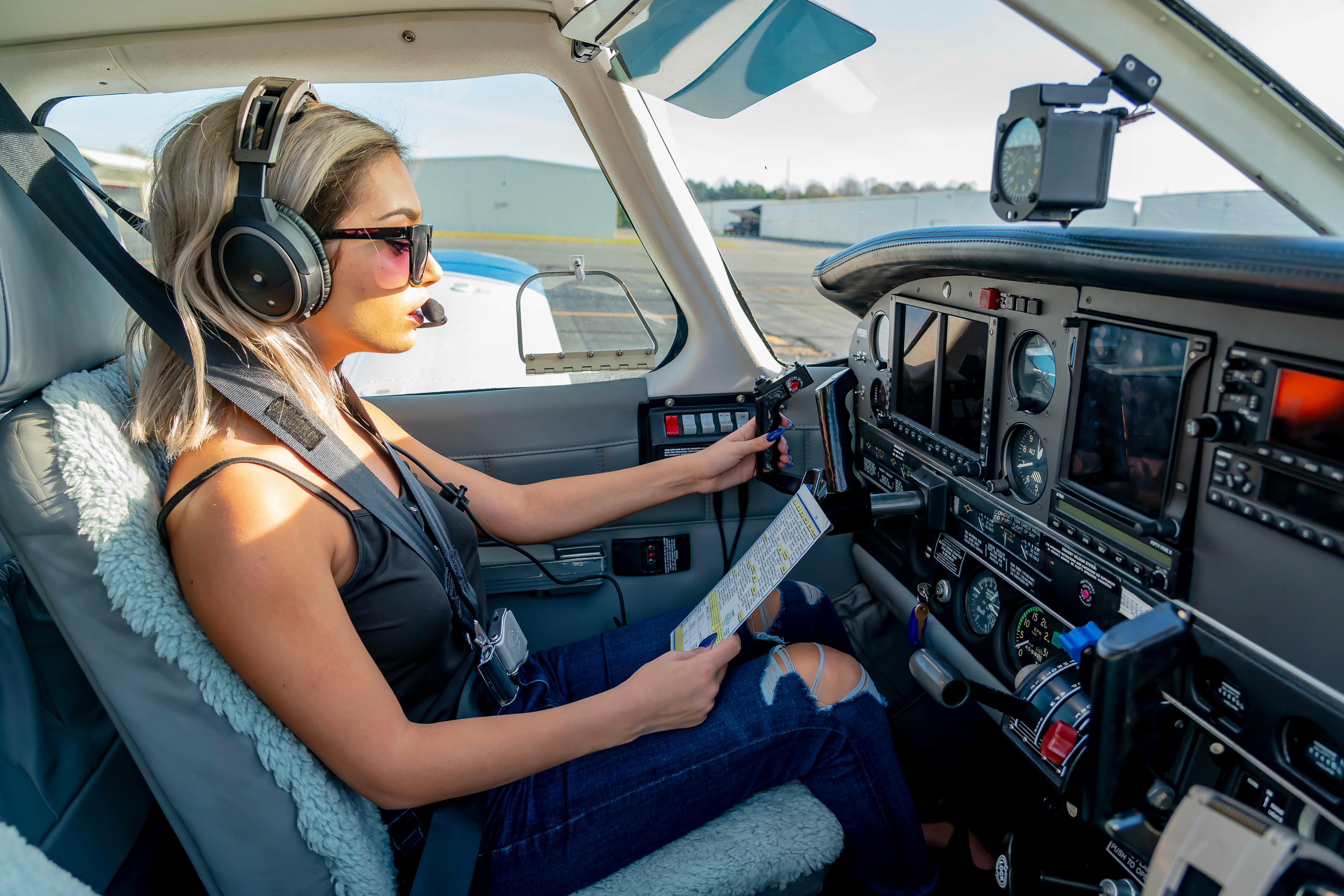8 Milestones for Your High School Aviation Program Wall of Fame
Students love rewards. Some teachers may offer extra credit as positive reinforcement for work exceeding expectations, and others may give candy or a homework pass, all with good effect. As an aviation educator, however, you have a powerful arrow in your quiver that many other teachers don’t have: a wall of fame.
A wall of fame may consist of photos of each student holding a certificate of achievement, along with the date, categorized under the appropriate milestone for all to see. You may also consider publishing a digital wall of fame online, perhaps on your program webpage. However, ensure you are up to date on the privacy policies of your school before posting photos of your students online.
In addition to the recognition students receive, a wall of fame serves as a graphical representation or roadmap of accomplishments necessary to become a pilot. There are many milestones on the journey to becoming a pilot. I recommend listing each achievement above the last, like an aircraft taking off and ascending skyward.
1. Young Eagles Flight
Often, the first milestone is a treasured Young Eagles flight sponsored by the Experimental Aircraft Association (EAA). That is a pretty easy milestone to achieve, as it only requires the student to sign up, show up, and fly with a volunteer pilot. The certificate awarded to the student is a wonderful reminder of their first flight.
2. Discovery Flight
After a Young Eagles Flight, the next milestone is often a discovery flight at a local flight school with a certified flight instructor (CFI). During the discovery flight, students may have the opportunity to take the controls of the airplane under the supervision of the CFI. A photo of the CFI and student in front of the airplane after the discovery flight is an excellent addition to the wall of fame.

3. Beginning Flight Training
Now comes the really fun part of the wall: flight training. Starting the journey of learning to fly is a significant milestone that reflects commitment and dedication to pursuing the goal of becoming a pilot.
4. Passing the FAA Knowledge Test
Typically, students start by taking and passing the FAA Knowledge Test, or the “written exam.” A passing score is 70 or higher. When students pass the FAA Knowledge Test, I recommend taking a picture of them holding their score report and putting it on the wall. Every photo will contain ear-to-ear grins. Can you see where this is going?
Let’s pause for a moment to take a broader look at what’s happening as students rack up achievements. As the wall grows, students, parents, and the school’s administration will begin to take notice. It is a win all the way around. Students will feel good about themselves and find their peers supportive; parents will speak proudly about their successes; and the administration will point out how well the program and its students are performing.
.png?width=300&height=600&name=Basic%20Wall%20of%20Fame%20Structure%20(2).png)
A basic wall of fame structure through the private pilot certificate. Feel free to add tiers.
5. First Solo
Now, let’s get back to climbing the wall of fame. After the written exam comes the first solo, the most significant milestone yet. A first solo typically involves the instructor getting out of the aircraft to allow the student to fly three or so times around the traffic pattern, landing independently each time. Many flight schools solo students once their basic maneuvers, takeoffs, and landings are consistent, which may be around 10-15 hours, give or take a few. Other flight schools have a policy where the first solo doesn’t occur until late in training, perhaps at the 30-hour mark or after. Either way, once a student completes a first solo, add it to the wall of fame. The next milestones aren’t too far away.
6. Short Cross-Country
After the first solo comes the solo cross-country. During a solo cross-country, a student must fly solo to an airport at least 50 nautical miles from the starting airport, perform a full-stop landing, and then fly back to the original airport.
7. Long Cross-Country
A student must also accomplish a “long cross-country” during training. The long cross-country consists of a flight of at least 150 nautical miles with landings at three different airports and at least one leg exceeding 50 nautical miles.
You may choose to have both short cross-country and long cross-country wall of fame categories. Within reason, the more categories you have, the more victories students can celebrate.
8. Private Pilot Certificate
Now, students can go for the summit, high atop the wall of fame. Once they have met the Federal Aviation Administration (FAA) requirements and their flight instructor signs them off, a designated pilot examiner (DPE) conducts a private pilot checkride consisting of an oral exam and a practical test (flying). Typically, applicants take both portions on the same day, with the oral exam followed by the practical test. Once students pass both portions, they will earn a private pilot certificate and become real pilots!
Beyond the Private Pilot Certificate
You can include additional ratings and certificates on the wall of fame, which a student typically would achieve after graduation. These include an instrument rating, commercial pilot certificate, multi-engine rating, flight instructor ratings, and even an airline transport pilot certificate (ATP).
On that note, what about students who enter into careers as airline, military, corporate, or charter pilots? Sure, add those too. How great would it be to keep in touch with program alumni and learn about their next milestones? What an inspiration it could be for freshmen to see seniors or recent graduates go on to become commercial pilots and flight instructors! Even better, how incredible would it be for those pilots and instructors to come back and mentor your current students? It’s the ultimate “Yes, you can do this” message.
So, how much work does it take for you as the teacher to create and sustain a wall of fame? Very little. Use this article as a starting point. These are just some ideas of what you could do. Be creative and make the wall of fame your own. In addition to the students, parents, and administration being delighted, you will be incredibly proud of what your students accomplish. They will want to stay in touch with you and make sure they are on that wall of fame for years to come.
Share this
You May Also Like
These Related Articles

Can a Ground Instructor Provide Training in a Sim?

Why Flight Sim Checklists Are Vital in High School Aviation Classrooms
